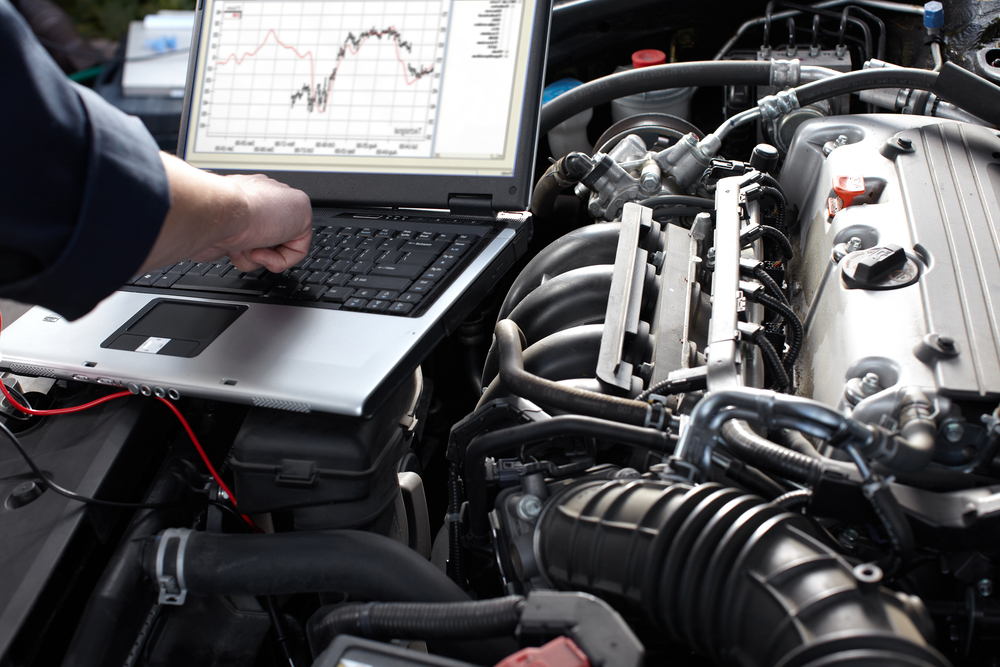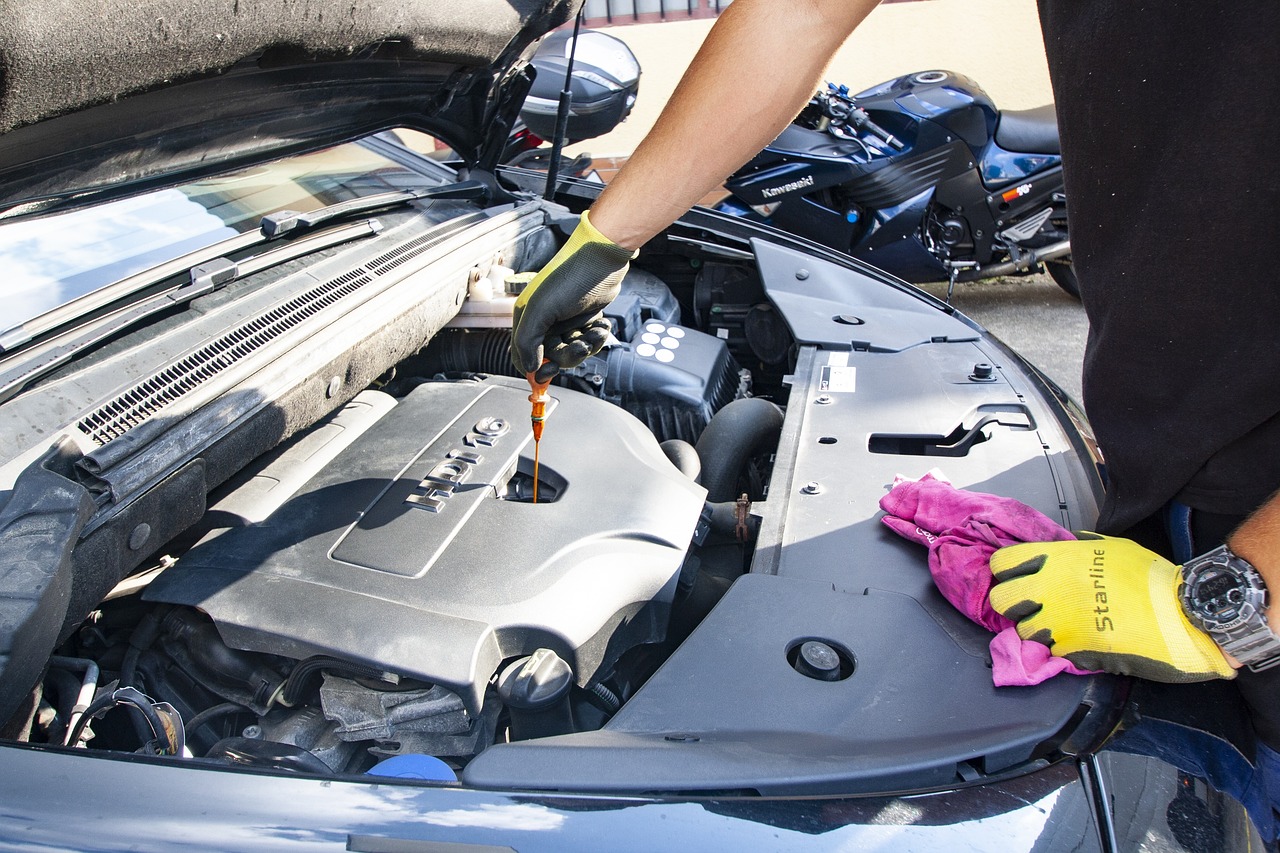As a vehicle owner, one of the most important things you can do to keep your car running smoothly is to pay attention to the suspension system. The suspension system is responsible for keeping your car’s tires in contact with the road and providing a smooth ride. However, over time, the suspension system can develop issues leading to poor handling, uneven tire wear, and a bumpy ride. This blog post will explore some warning signs of suspension issues and provide a maintenance schedule to keep your suspension system in top shape.
Warning Signs of Suspension Issues
- Uneven Tire Wear: One of the most common signs of suspension issues is uneven tire wear. If your tires are wearing down more on one side than the other, it’s a sign that the suspension system may not be properly aligned.
- Bumpy Ride: If you feel every bump in the road, it’s a sign that your suspension system isn’t doing its job. A bumpy ride can also be an indication of worn shocks or struts.
- Drifting or Pulling: If your car is drifting or pulling to one side, it’s a sign that the suspension system may be out of alignment.
- Steering Wheel Vibration: A vibrating steering wheel can indicate several issues, including suspension problems. If you notice that your steering wheel vibrates at high speeds, it’s a sign that the suspension system may be worn out.
- Noise: If you hear clunking or knocking sounds when you drive over bumps or rough roads, it’s a sign that the suspension system may have worn out components.
Maintenance Schedule for Suspension System
Regular maintenance is vital to keeping your suspension system in good condition. Here is a recommended maintenance schedule:
- Visual Inspection: At least once a month, visually inspect your suspension system. Look for signs of damage, leaks, or worn-out components.
- Tire Rotation: Rotate your tires every 5,000 to 7,000 miles. This will help ensure even tire wear and prevent the suspension system from becoming misaligned.
- Wheel Alignment: Have your wheel alignment checked at least once a year or whenever you have new tires installed. This will help ensure your suspension system is properly aligned and prevent uneven tire wear.
- Shock and Strut Replacement: Shock absorbers and struts should be replaced every 50,000 miles. If you notice any signs of wear or damage, they should be replaced immediately.
- Suspension Bushing Replacement: Suspension bushings should be replaced around 100,000 miles. These components help absorb shocks and vibrations and can wear out over time.
The suspension system is an essential component of your vehicle that is critical in keeping you safe and comfortable on the road. Paying attention to the warning signs of suspension issues and following a regular maintenance schedule can help ensure your suspension system stays in top condition for years. If you notice any signs of suspension problems, bring your vehicle to Auto Works so we can get the issues fixed and prevent further damage.



